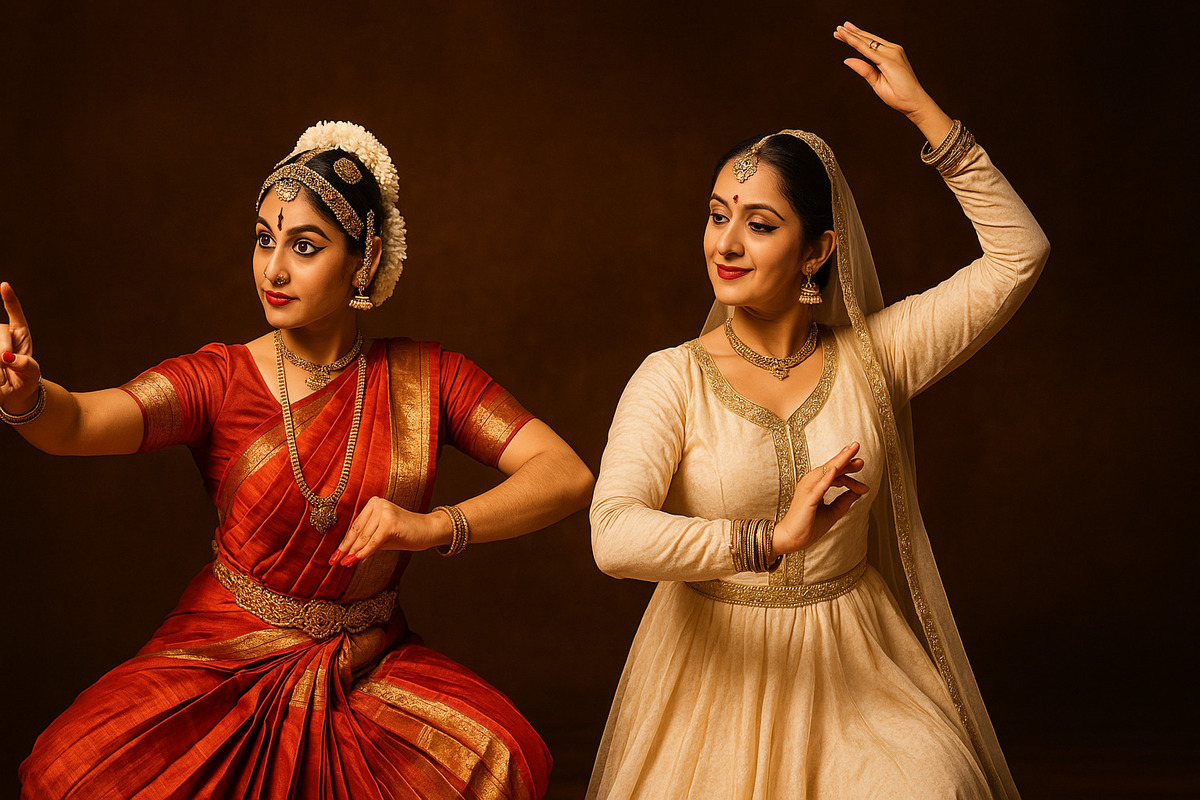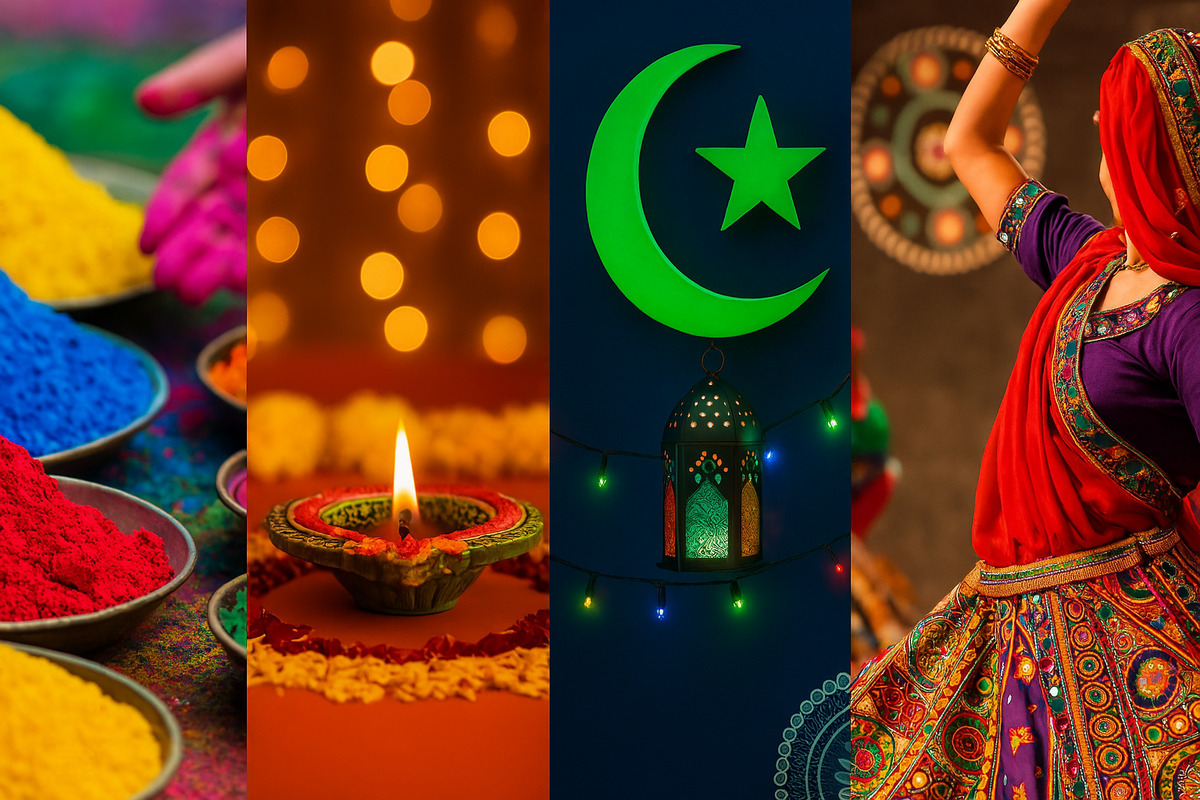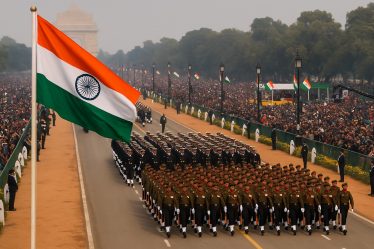
Indian classical dances form an age-old tapestry of art, storytelling, and cultural legacy. This article serves as a guide through the intricacies of these dance forms, offering insight into their origins, techniques, costumes, and the philosophies that underpin their performances.
An Introduction to Indian Classical Dance
Indian classical dance represents a synthesis of rhythm, emotion, and narrative. Rooted in ancient traditions, each dance style carries its own unique vocabulary of gestures, facial expressions, and body movements that articulate mythological tales and social narratives. Performers express profound emotions through well-defined mudras (hand gestures) and abhinaya (expressions), inviting the audience into a dialogue with centuries of cultural heritage.
Spotlight on Bharatnatyam
Bharatnatyam is one of the most revered classical dance forms that originated in the temples of Tamil Nadu. With a repertoire of intricate footwork and angular movements, the dance emphasizes geometric precision and an intricate interplay between rhythm and emotion. Key features include:
- Structured Repertoire: A performance is often divided into distinct segments that range from invocation to narrative storytelling.
- Rhythmic Patterns: The technique relies on talas (rhythmic cycles) that guide each movement and gesture.
- Costumes and Jewelry: Traditional attire often includes a silk saree with pleats designed to highlight swift footwork, accompanied by elaborate jewelry that accentuates the dancer’s expressions.
Bharatnatyam remains a symbol of both artistic excellence and cultural pride, offering a lens into the philosophical and spiritual dimensions of Indian art.
The Elegance of Kathak
Kathak originated in the courts of northern India and is distinguished by its storytelling style and fluid movements. This dance form is marked by rapid spins, rhythmic foot taps, and intricate hand gestures that convey both playful and profound narratives. Characteristics include:
- Storytelling Tradition: The narrative is often interwoven with elements of folklore, myth, and historical events, making each performance a journey through time.
- Musical Accompaniment: Live music, especially tabla and sitar, plays an integral role in setting the pace and mood, allowing the dancer to maintain a dynamic interaction with the rhythm.
- Dynamic Movements: The swift pirouettes and graceful gestures illustrate the flexibility and stamina required, along with an inherent grace that captivates audiences.
Kathak serves as a dynamic canvas where the art of storytelling is rendered through movement, allowing the performance to resonate on both an emotional and intellectual level.
Other Notable Classical Dances
Beyond Bharatnatyam and Kathak, several other dance forms enrich the landscape of Indian classical art. These include:
- Kuchipudi: Originating from Andhra Pradesh, this dance is known for its dramatic narrative style and fast-paced movements.
- Odissi: Hailing from Odisha, it is characterized by its sculptural poses and a fluid dance vocabulary that mimics ancient temple sculptures.
- Kathakali: From Kerala, this highly visual art form involves elaborate makeup and costumes, where facial expressions and body language communicate epic stories.
Each style, while distinct, shares an emphasis on precision, discipline, and a deep connection to cultural rituals and spirituality.
Cultural Impact and Legacy
The influence of Indian classical dance extends beyond the stage. These dance forms have been instrumental in preserving ancient texts and oral traditions through performance. They offer:
- Historical Narratives: Dance serves as a repository of folklore, ancient epics, and moral teachings passed down through generations.
- Spiritual Expression: Performances often mirror spiritual practices and the pursuit of inner harmony, becoming a form of meditation for both dancer and audience.
- Artistic Collaboration: The interaction between musicians, poets, and choreographers nurtures a collaborative spirit that has enriched the cultural landscape over centuries.
This integration of artistic expression with cultural memory continues to inspire new generations of dancers and connoisseurs of art.
Closing Insights
The journey through Indian classical dance forms like Bharatnatyam and Kathak reveals a vivid panorama of art and tradition. Each performance is not merely a visual treat but a narrative woven from centuries of cultural wisdom. The detailed movements, rhythmic cadences, and expressive storytelling serve as a reminder of the enduring power of art to reflect societal values and spiritual pursuits. The richness of these dance forms invites both practitioners and observers to experience a living tradition that honors heritage and celebrates human expression.


